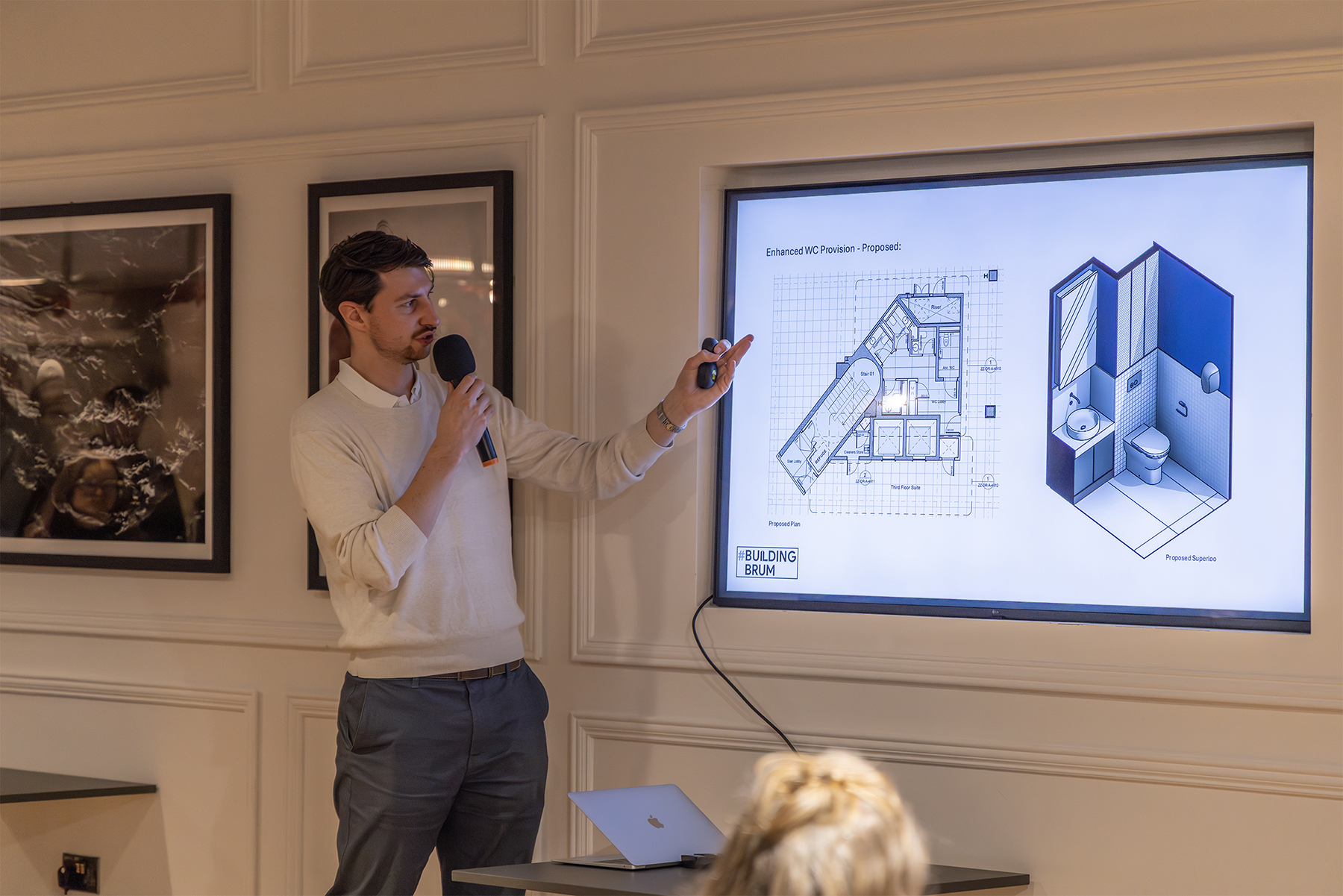For Day 4 of National Apprenticeship Week, we’re shifting the focus to the mentors—the architects who guide and support our apprentices as they navigate the unique challenges of balancing academic study with real-world practice.
Apprenticeships provide an alternative route into architecture, but they also require a strong support network. Our mentors play a crucial role in shaping the learning experience, offering industry knowledge, career guidance, and day-to-day support to ensure apprentices thrive in both their university studies and professional work.
Today, we hear from those mentors: Alex Paul – Director, Birmingham | Neil Eaton – Associated Director, Oxford | Tom Cotton – Associated Director, Oxford and Ben Barker – Associate, Birmingham. We asked them what they see as the biggest benefits of the apprenticeship route, how they help apprentices grow in confidence and ability, and why this approach is shaping a new generation of architects.
On Supporting Apprentices:
How has working with apprentices impacted your own perspective on training and development in the industry?
Ben: Integrating apprentices into the practice highlights the value of combining academic knowledge with practical experience. It underscores the importance of adaptable training approaches that cater to the evolving needs of both the apprentice and the industry.
How do you approach mentoring someone balancing study and work?
Neil: You must appreciate the dual demands they face. Regular catch-ups between apprentice, mentor, and academic institutions help manage both workloads and expectations. Flexibility and communication are key to ensuring apprentices balance their responsibilities
On Skills & Development:
What skills or qualities do you see apprentices developing the fastest in a real-world architectural practice?
Ben: Apprentices quickly develop confidence, project management, presentation, and communication skills. Engaging in projects early allows them to interact with various stakeholders, enhancing their understanding of briefs, programmes and budgetary pressures.
What is the biggest benefit of the apprenticeship route into architecture?
Tom: This pathway offers a unique blend of experience and learning. Earning while training, avoids tuition fees, and gains exposure to real-world projects across multiple sectors. This fosters financial independence and professional growth.
On Future Careers:
How do you see apprenticeships shaping the profession?
Alex: Apprenticeships are paving the way for a more inclusive and practical approach to architectural education. By integrating work experience with study, they produce well-rounded people equipped to meet the real demands of the industry.
What advice would you give to apprentices as they progress through their careers?
Tom: Apprentices should embrace continuous learning and seek diverse project experiences. Building a robust portfolio and developing a broad skill set will prepare them for future challenges and opportunities in the architectural field.









